The three hundred year old Russian ruling dynasty of the House of Romanov came to an abrupt end on the 17th of July 1918.
An end to an era when the last Tsar, Nicholas II and his entire family were gunned down at nearly point blank range in the basement of the Ipatiev House in Ekaterinburg, Russia.

Vladimir Lenin
The royal family were being held captive by the revolutionary Bolsheviks commanded by Vladimir Lenin. The bodies of the Tsar and Tsarina and their four daughters, Olga, Tatiana, Marie, and Anastasia along with their son, Alexi, were dragged out and thrown into a mine shaft.
Acid was thrown onto their bodies and then corpses were burned. The shaft, however, was not deep enough and according to a YouTube video by The Romanov Royal Martyrs, the bodies were pulled back out.

Shallow Grave
Some have speculated that all of the bodies wouldn’t fit into the mine shaft so Anastasia and Alexi were buried in a shallow grave nearby. When the men saw that the rest of the family’s remains were still identifiable they pulled them out again but didn’t know what to do with them so they stopped and buried them in a mass grave along the roadside and then with time, the whereabouts of their graves were forgotten.
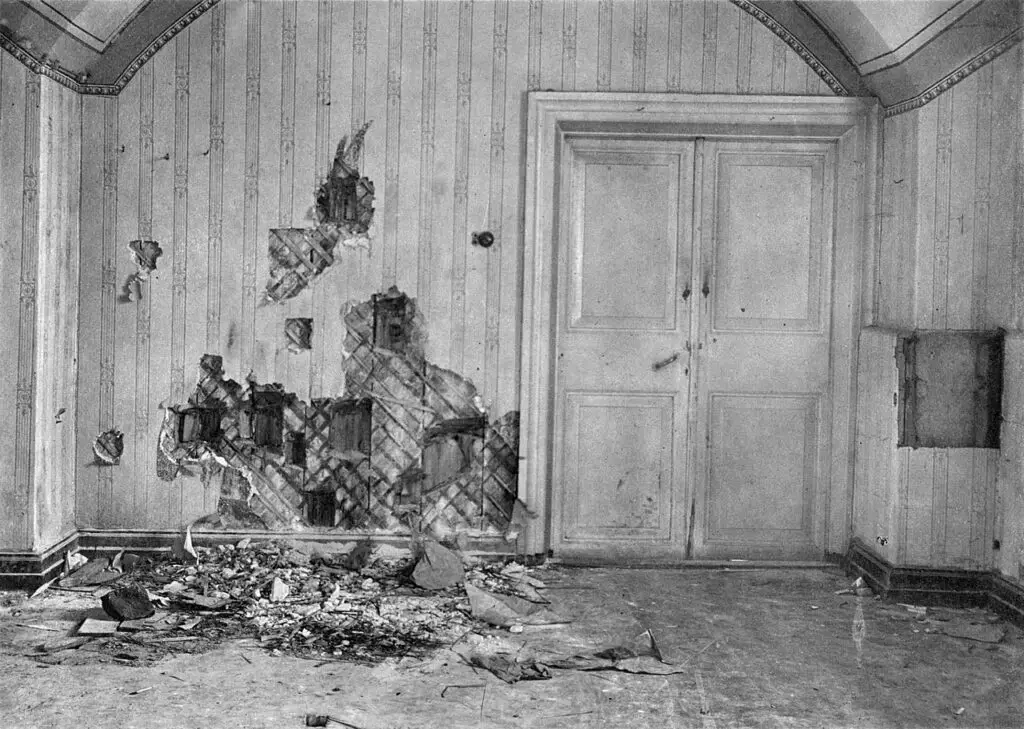
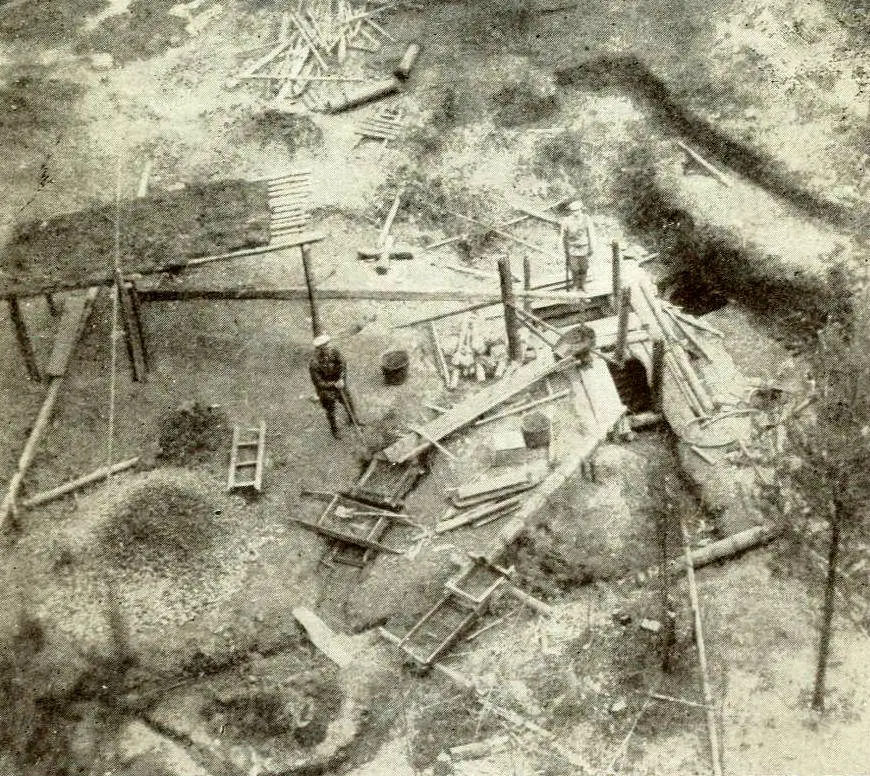
Conspiracy
As with any popular mystery, conspiracy theories and wild speculation lasted for years. A number of women came forth claiming to be the youngest daughter, Grand Duchess Anastasia who, according to rumor, may have escaped the bloodbath because of her vivaciousness and ability to make friends with the guards.
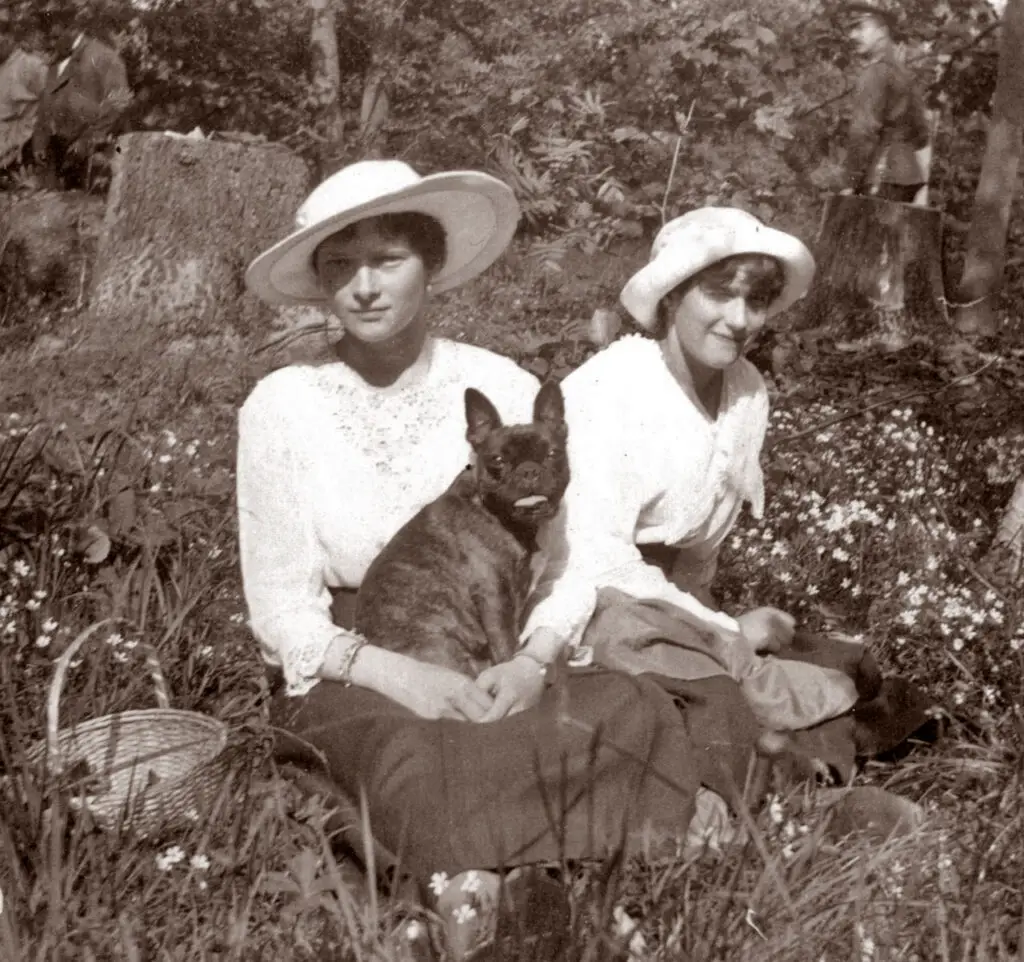
Siberian Forest
The most famous claimant was Anna Anderson who was able to convince the remaining members of the extended family she was a Romanov. They treated her like royalty and she lived in luxury for most of her life but never got so far as to inherit the royal family’s riches, according to history.com.
It was later proved that she was no more than a factory worker from Poland when her DNA and a hair test proved she had no genetic connection to the Romanovs whatsoever. She had problems with mental illness and may have actually believed she was the Grand Duchess or she was an excellent con artist.
In 1979 a recently released report led amateur archeologists to the bones of Nicholas and his family in a Siberian forest but the Russian authorities didn’t start the exhumation until 1991.
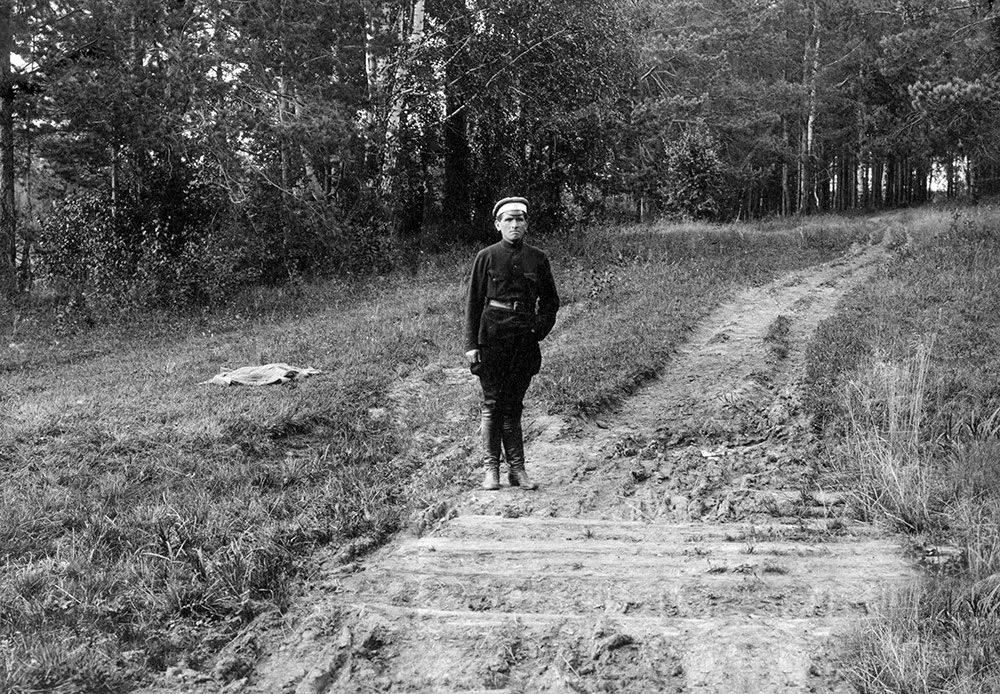
DNA
DNA samples from the findings were turned over to a British DNA testing company that compared the DNA of the findings to that of the late consort of Queen Elizabeth II, Prince Phillip, who was descended from the same family as Nicholas’ wife the Empress Alexandria, a German princess.
The Tsar, his wife and three of the daughters were identified along with several servants who were loyal to the family but Anastasia and the heir apparent, Alexis, were nowhere to be found – further fueling the story that Anastasia had been spared.
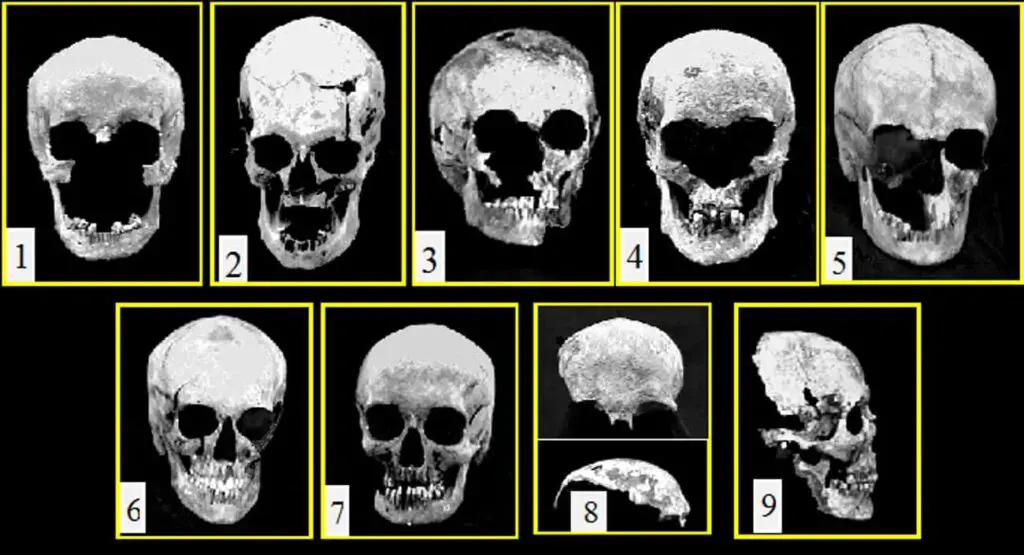
The news of the discovery was not announced to the public until after the fall of the Soviet Union and many archaeologists began to wonder where the remains of the missing children were and why they were not with the rest of the family.
If you like this article, then please follow us on Facebook and Instagram
In 2007 that question was answered when the children’s bones were discovered and DNA testing proved they were a son and daughter of the royal family.
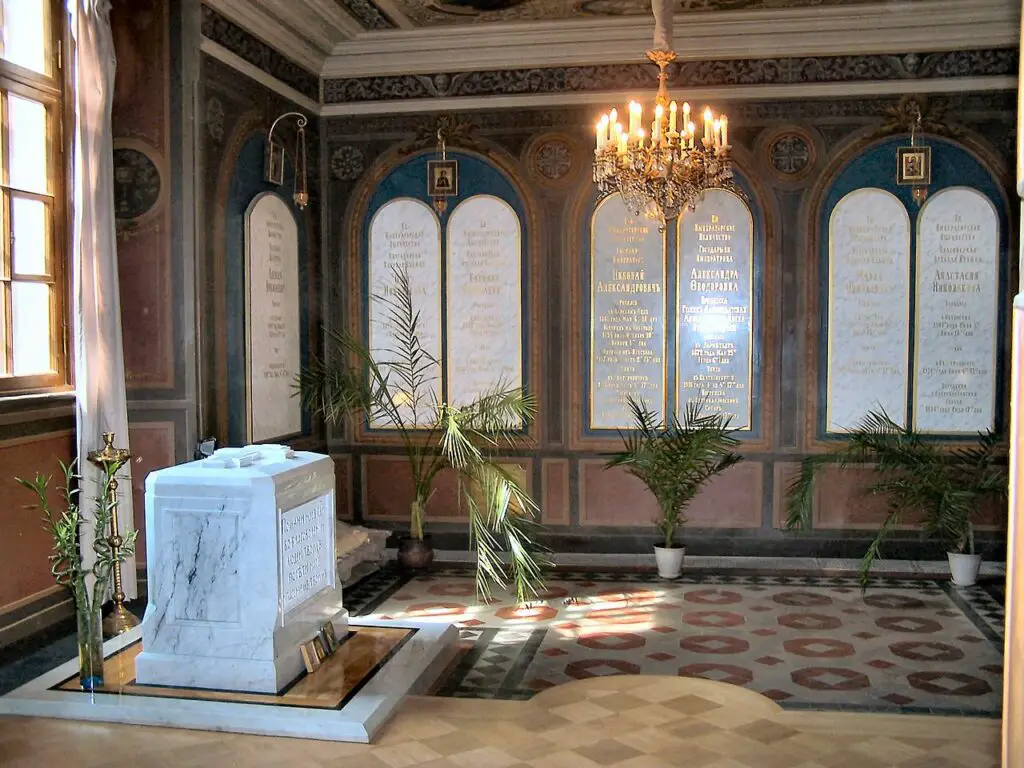
The family was properly buried in a Russian Orthodox ceremony in the Cathedral St. Peter and Paul in Saint Petersburg, Russia along with such notables as Peter the Great and Catherine the Great. The Russian Orthodox Church officially canonized the family members in 2000, according to christiancentury.org.
Another Article From Us: Two Soviet Era Radioactive Wrecks to be Recovered
According to russiapedia.rt.com, the Ipatiev house was demolished in 1977 and the land was granted to the Russian Orthodox Church.
The Church on Blood in Honour of All Saints Resplendent in the Russian Land was built on the site and completed in 2003 in celebration of the canonization of the Romanov family.





